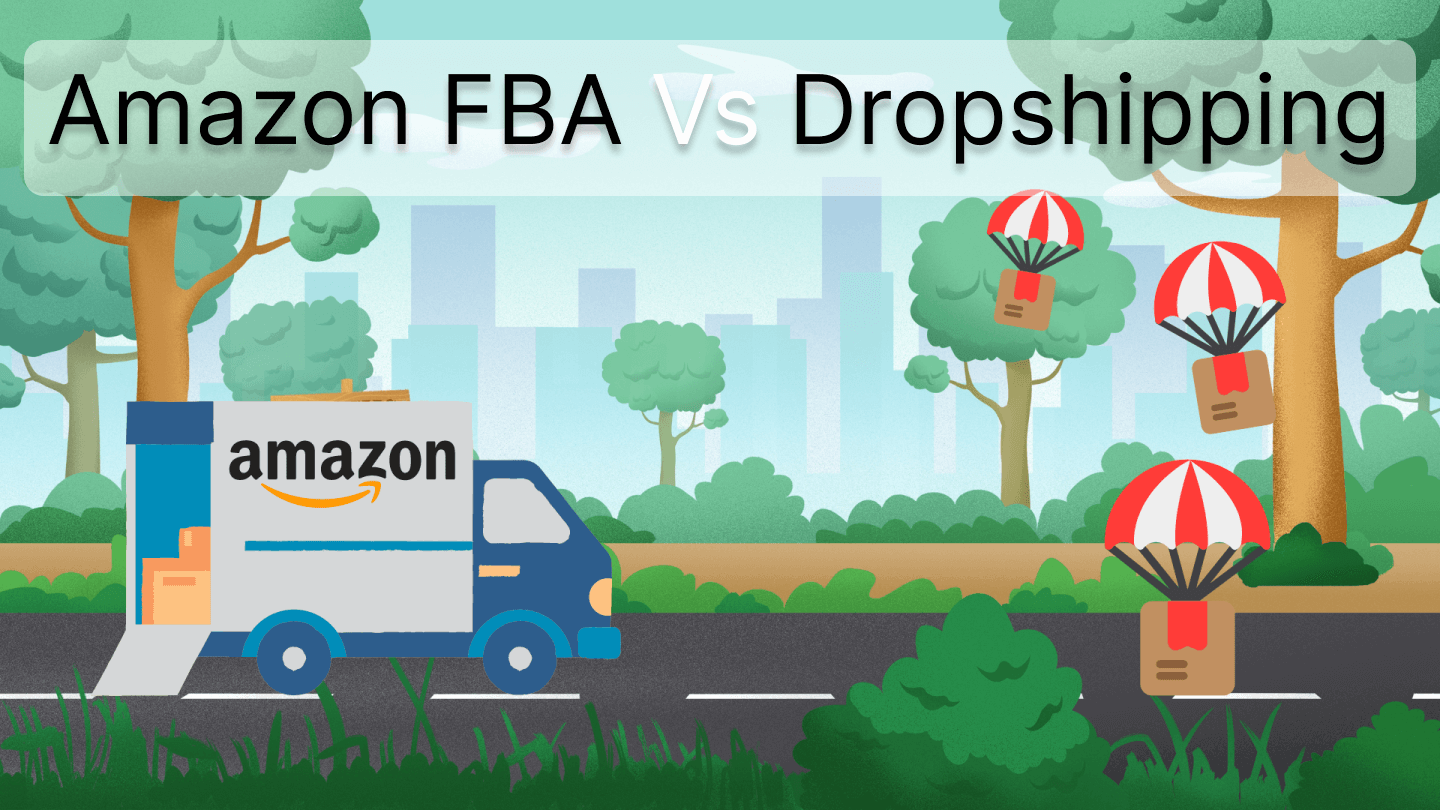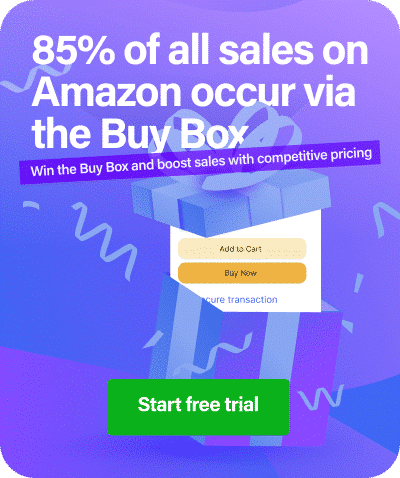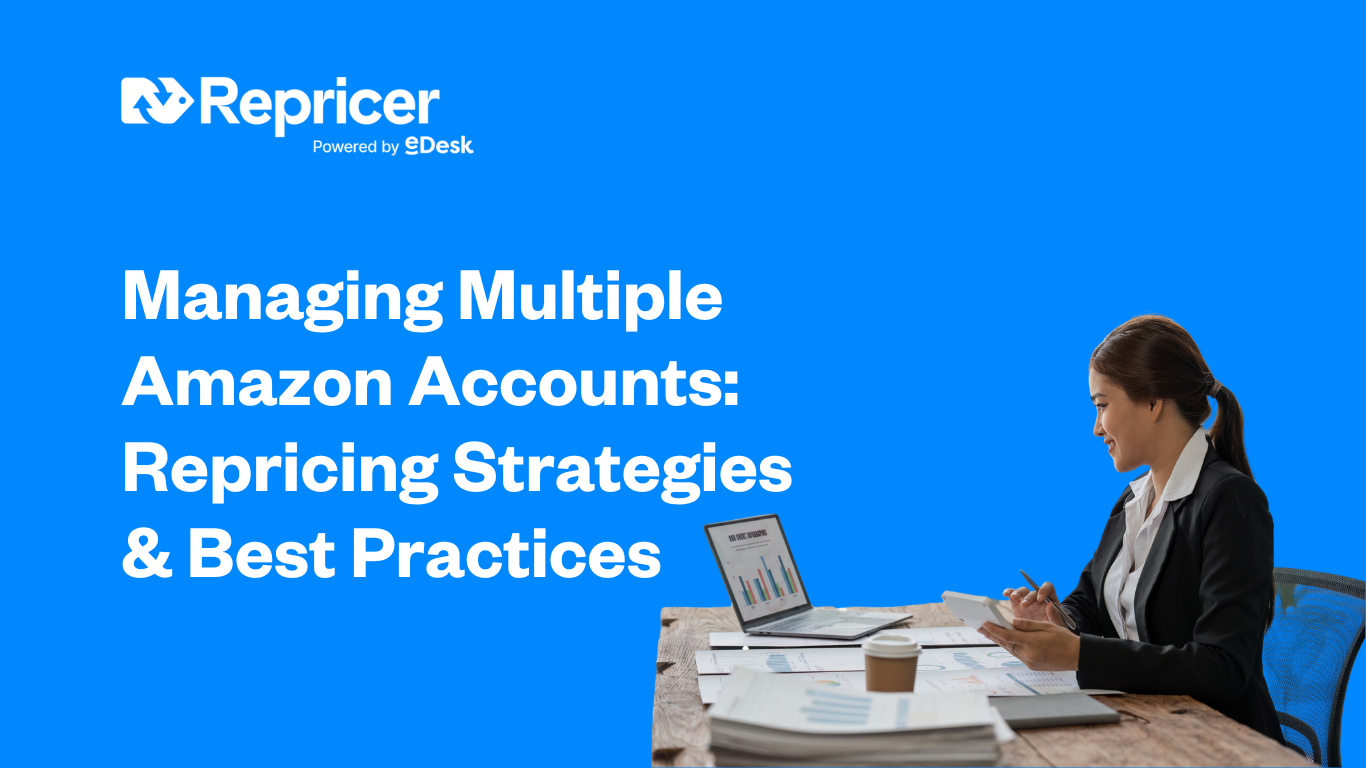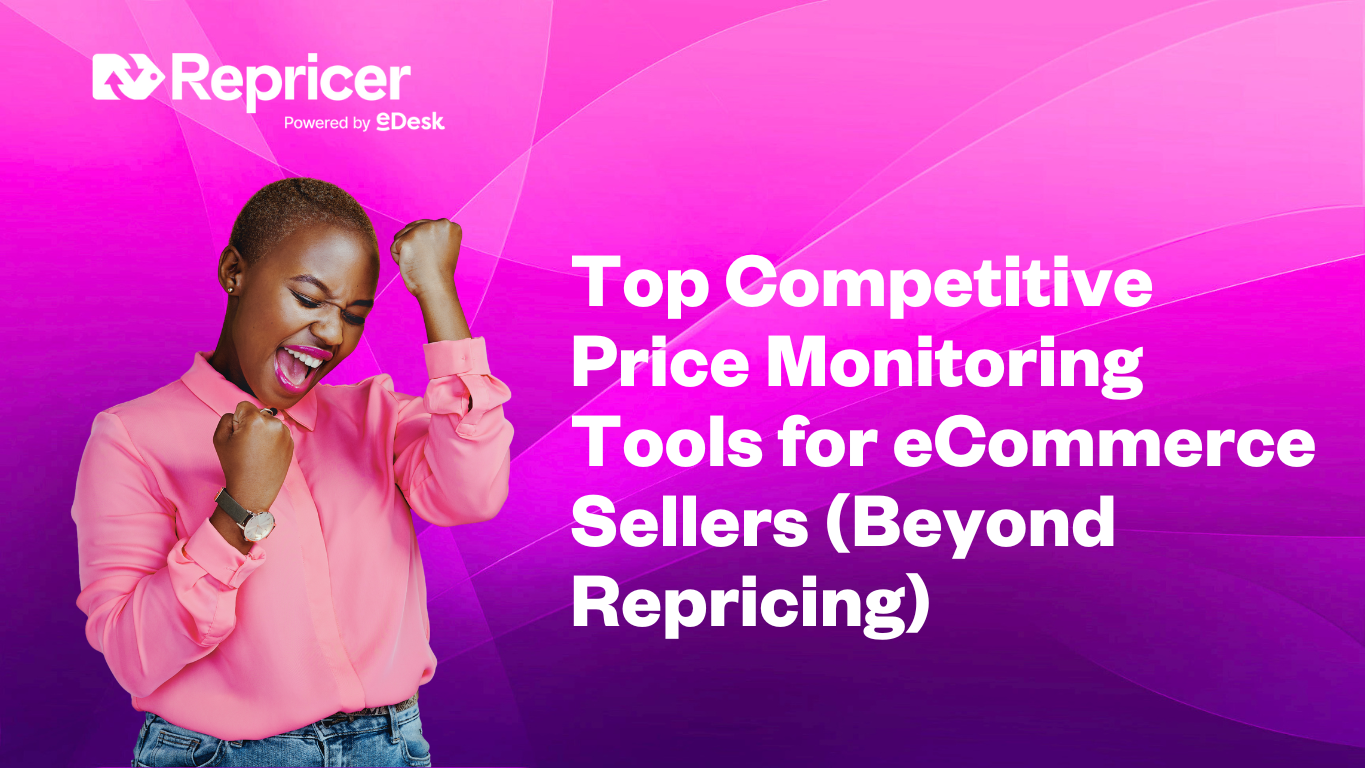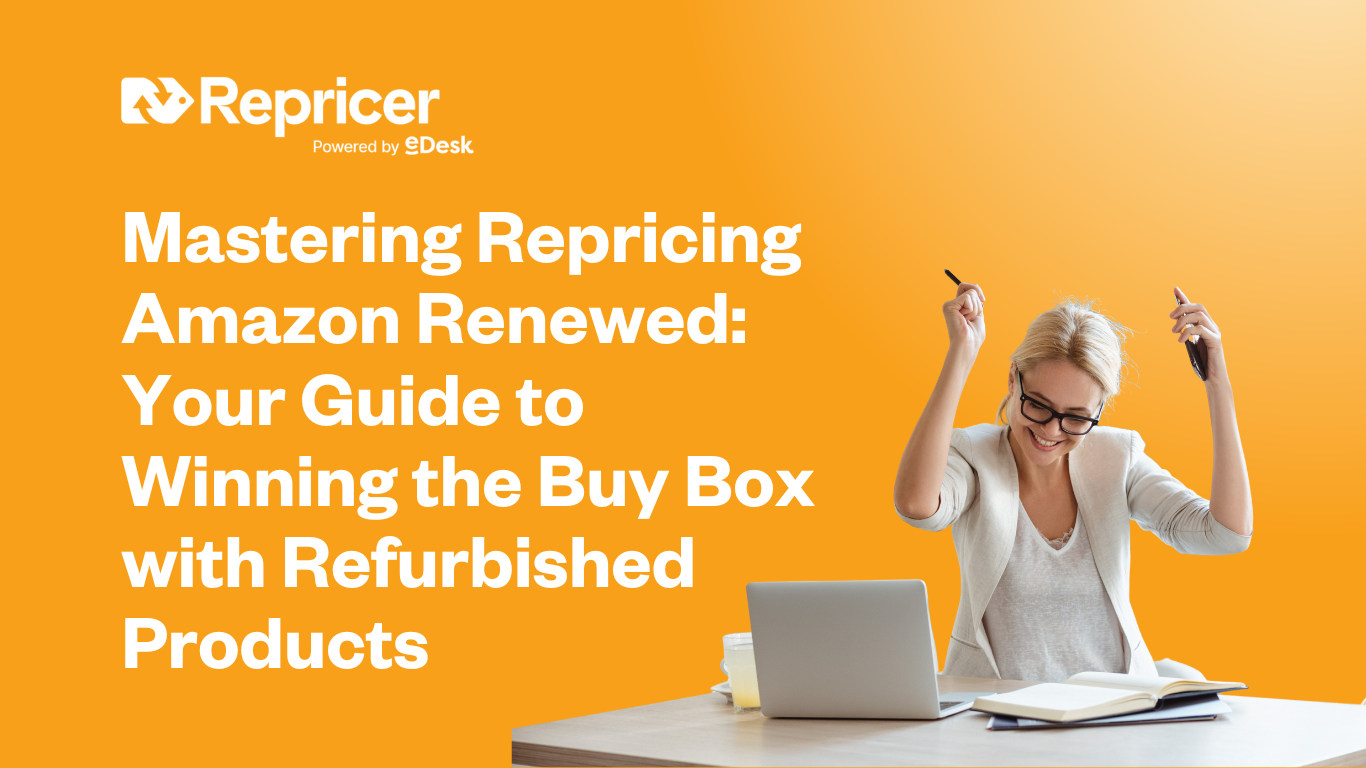Having trouble deciding how your eCommerce business will fulfil orders? In the current market with supply chain disruptions and inventory shortages this can be challenging. So you might be wondering what’s best – Amazon FBA or dropshipping?
Before we look into what Amazon FBA (Fulfilment by Amazon) and dropshipping are and the pros and cons around them, let’s consider what they aren’t.
Amazon FBA (Fulfilment by Amazon) and dropshipping don’t involve scenarios where you, as the seller, are fulfilling the orders on the goods that you’ve sold.
In simplistic terms, if you’re fulfilling your orders yourself, you’re likely to be having to securely pack your customer’s purchase, fill out any relevant forms and pay for shipment, wait for your courier or postie to pick it up, advise the customer their purchase is on the way – and deal with any customer enquiries around the progress or status of the shipment. And, heaven forbid, deal with any customer returns too.
We’ve probably missed a few aspects there, but hopefully, you get the gist that it’s all down to you. In Amazon speak, if you’re doing the packing and posting on your own, you are to them an FBM seller. That’s Fulfilment by Merchant.
Yes, there’s a lot to do if you’re doing it on your own. This ‘you’ might be just you or ‘your team’, depending on the size of your eCommerce business. And you can multiply this workload by an eye-popping amount if you have lots of products that are selling like hotcakes.
Fulfilling your orders can be a challenge. It’s an activity that can gobble up your time, time best spent on what you’re in the game for – selling. So, ask yourself why you’re packing boxes when you could be marketing and selling!
Enter the concept of getting someone else to do the fulfilling for you! That’s Amazon FBA and dropshipping, the two main alternatives to FBM. (There is a third slightly different variation of getting someone else to do it for you, called 3PL, but we’ll deal with this later to keep the current acronym count down.)
Let’s take a closer look at what FBA and drop-shipping are and the advantages and disadvantages of each.
What is Amazon FBA?
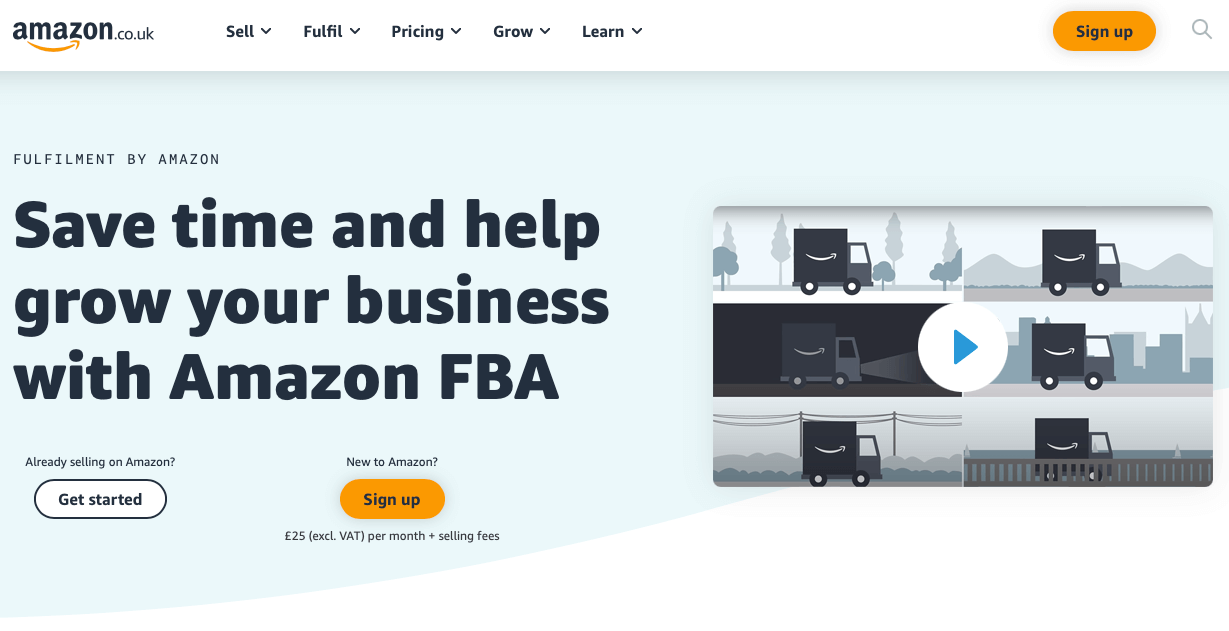
Fulfilment by Amazon (FBA) is a service you can use to outsource your order fulfilment to Amazon. You send your products – before you’ve sold them – to Amazon fulfilment centres (or ‘warehouses’, though Amazon isn’t a fan of that term). When a customer buys one of your products held by Amazon, the Amazon team get it off the shelf, pack it and ship it. They can also help on the customer service front and even process any returns for those orders.
Wonderful. But as you’ll already no doubt be aware, there’s no such thing as a free lunch. You pay Amazon for this service. This is, in effect, taking a slice of your profit.
When considering FBA, and indeed dropshipping, you’ll need to look closely at the sums to see if it’s still worth your while. What your product actually is, the product packaging (not the dispatch packaging), and your product size and weight can affect what you end up paying Amazon.
You want them to store big or heavy boxes and fulfil the orders for them – they’ll charge you more. Look at their tariff, you might be able to reduce your product box size or weight to squeeze into a lower charging tier.
Note: Roughly speaking, if you have a small heavy box, they might charge you for the weight. If you have a big light box, they’re likely to charge you for the size.
Related: How to Control Inventory Storage Costs for Amazon FBA Sellers
Finally, as the big player in its own big market, Amazon has lots of bells and whistles that can benefit you directly. Shipping promos and Amazon Prime to name just a couple. They might also tend to ‘favour’ or rather ‘help’ their FBA suppliers over their FBM ones, which would make sense as they make more money. There are some Amazon marketing benefits you can also take advantage of if you’re an FBA supplier.
FBA to Amazon is their natural stomping ground. Packing and shipping stuff is what they do. And they’re good at it too. Because customer service is so critically important to them, you’re in safe hands as far as the fulfilling of your orders is concerned. Bear this in mind as we have a look at dropshipping.
What is Dropshipping?
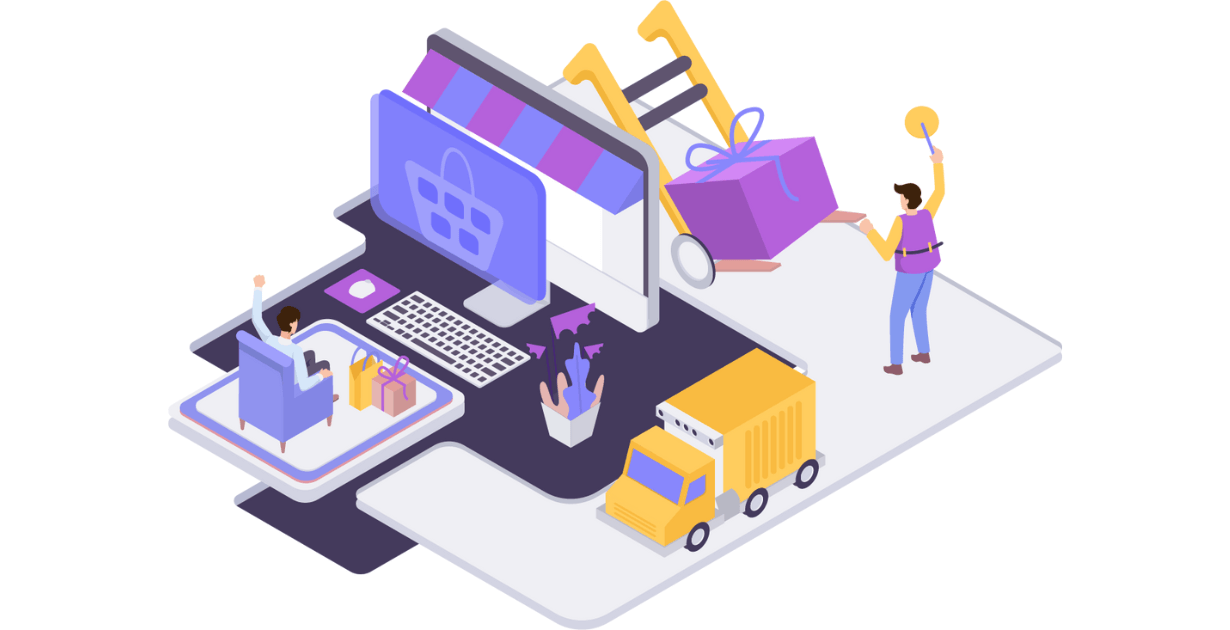
The main dropshipping scenario is one where you’re selling a third party’s product, and they’re packing it and sending it directly to your customer. This third party could be a wholesaler, manufacturer or another retailer.
This, like FBA, is great in that you aren’t having to fulfil orders. It’s also great because you aren’t having to buy stock of the product and pay to ship it into a warehouse to wait to be sold. It’s kind of like FBM, only you’re the middleman and aren’t involved in the fulfilment. Get it right, and it can be a lovely low-cost way to run your eCommerce business.
One thing worth noting about dropshipping at this stage is that you’re one step removed from the action. In other words, you aren’t in the communication loop with the customer who is being fulfilled. You aren’t ‘in control’ of the relationship in that respect. It’s likely your brand has nothing to do with the shipment.
This can be fine unless something goes wrong. That sort of something could be sloppy shipping by the third party, delayed deliveries or unrefunded returns – you can’t step in and firefight on any of these. This is, arguably, being a bit alarmist, and it’s very much a worst-case scenario – most dropshipping set-ups are well established and appreciate the nuances around customer service and prompt fulfilment.
And, importantly you keep those costs down!
hbspt.forms.create({ region: “na1”, portalId: “4770908”, formId: “e1c98ecc-632c-4d86-b49a-4322cacec16e” });
